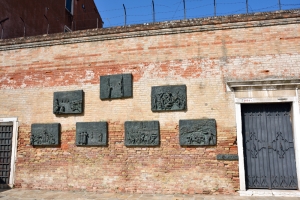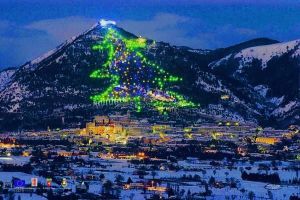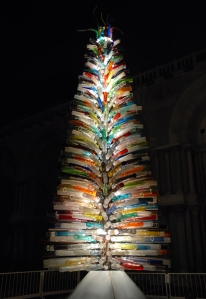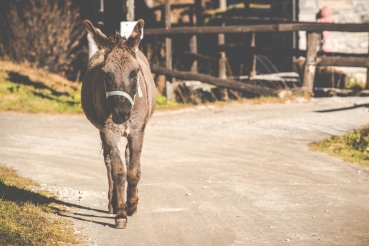A recent BBC article claims that almost 8,000 universities, in non-English speaking countries, are offering programs entirely in English. Bachelors and master degrees are chosen by over 5 million and, while students once had to travel abroad, they are now staying in their own country to pursue their higher education in English.
Italy is one of these countries where at the University of Milan, the Sapienza in Rome and few others are offering under-graduate and graduate programs entirely in English.
There are nearly 100 million persons in the world speaking Italian but well over a billion speak English. In the financial, Hi-tech, science and other fields the “lingua franca” is undoubtedly English. If Italian millennials hope to compete in a global economy, they better be competitive and master the tongue of the Anglo Saxons.
However, it appears to me that the Italian government agencies and the media are over-extending themselves by arbitrarily choosing English expressions over Italian to communicate with its population. It seems that in Italy it is fashionable these days to utter English words and phrases.
Recently the Italian government took legislative action to reduce employment by easing hiring labor laws to urge employers to hire more staff. This program was labeled in English as “JOBS ACT”.
The Italian Navy placed ads in English to recruit personnel by using such caption as: “Be cool and join the Navy”. What made the Italian armed forces act so unpatriotic?

Last week a gay couple wanted to adopt a child fathered by one partner while also allowing the mother of the child to retain her motherhood role. This social life anomaly was coined “Stepchild adoption”. All Italian newspapers, TV and radio shows, reported the story by using this English expression. Some reporters even had difficulty pronouncing it.
Italian companies now have “Business Meetings” instead of “una riunuione” and after the meetings obviously there are “Debriefings”.
Italians who need medical attention in a day-clinic must now look for signs saying “DAY HOSPITAL”. In pharmacies you need a “TICKET” to get your prescribed medicine.
On TV, “Notizie della domenica” is now announced as “SUNDAY NEWS” reported by an “Anchorman” sitting behind the “News Desk”. A day dosen’t go by where a multitude of English words penetrate the national media.
On a lighter note, a travel agency in Italy gave a couple a “HOTEL VOUCHER” for a prepaid vacation in a foreign country. It took the couple hours to realize that the name of their hotel was not “Voucher”. I guess the proper documentation should have been called “Buono Alberghiero”.
These are a few examples on how the Italian language is being de-emphasized by individuals who should be proud of Dante’s “Lingua Volgare”, a language that inspired so many musicians, artists, poets and many more. Italians accept new words from other cultures but the over-use of English expressions must be kept under check particularly when the public entities who should oversee abuses are the culprits.
Rosario Mariani


 Today, the original Ghetto in Venice is the center of Jewish life in the city. The community counts for about 500 persons and there is also a yeshiva, a synagogue, a museum and several Judaica shops. Many Italian Jews return to the ghetto for religious services and tourists are taken there on daily excursions.
Today, the original Ghetto in Venice is the center of Jewish life in the city. The community counts for about 500 persons and there is also a yeshiva, a synagogue, a museum and several Judaica shops. Many Italian Jews return to the ghetto for religious services and tourists are taken there on daily excursions. Italian goodies not normally found in other parts of the city. On my recent visit to Arthur Avenue in the Bronx, the owner of a confectionary store confided that 80% of her sales are to persons like myself, from suburbia, who come down to the Bronx in search of the past. This too will disappear as more sales are being done on the web sites.
Italian goodies not normally found in other parts of the city. On my recent visit to Arthur Avenue in the Bronx, the owner of a confectionary store confided that 80% of her sales are to persons like myself, from suburbia, who come down to the Bronx in search of the past. This too will disappear as more sales are being done on the web sites.
 Gubbio, in Italy ‘s Umbria region. Composed of about 500 lights connected by 40,000 feet of wire, the ‘tree’ is a modern marvel for an ancient city.
Gubbio, in Italy ‘s Umbria region. Composed of about 500 lights connected by 40,000 feet of wire, the ‘tree’ is a modern marvel for an ancient city.


